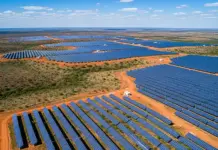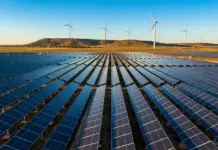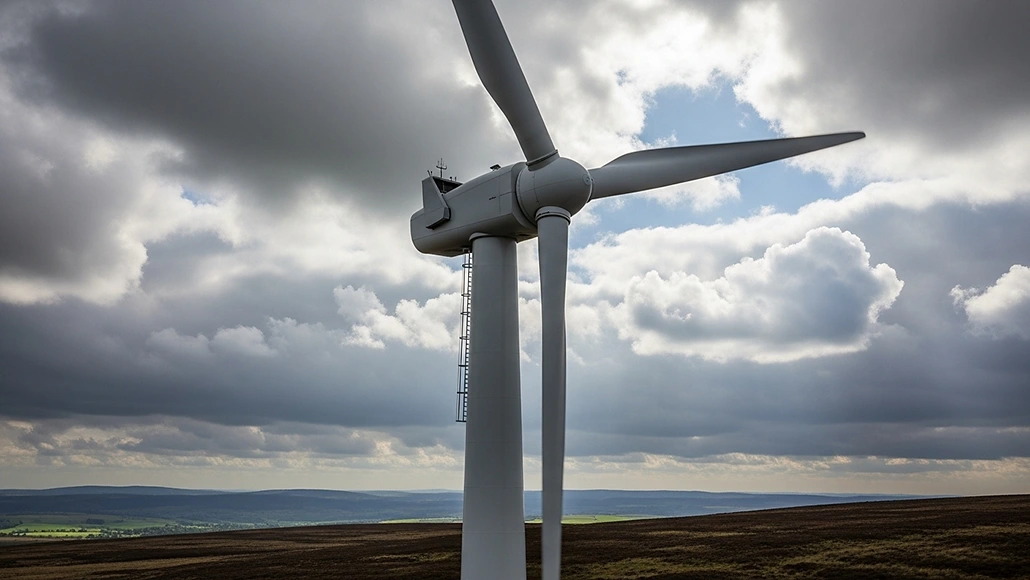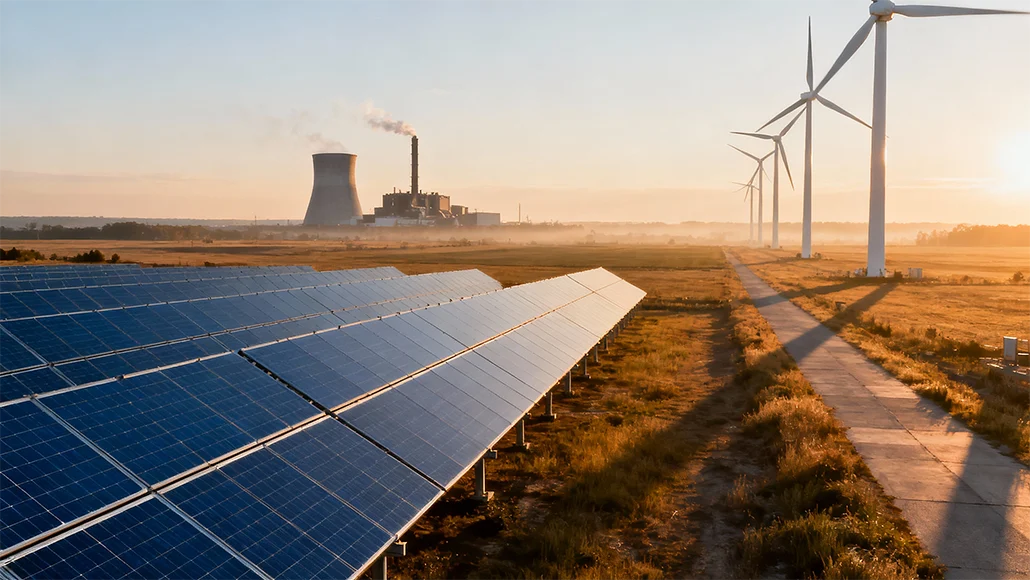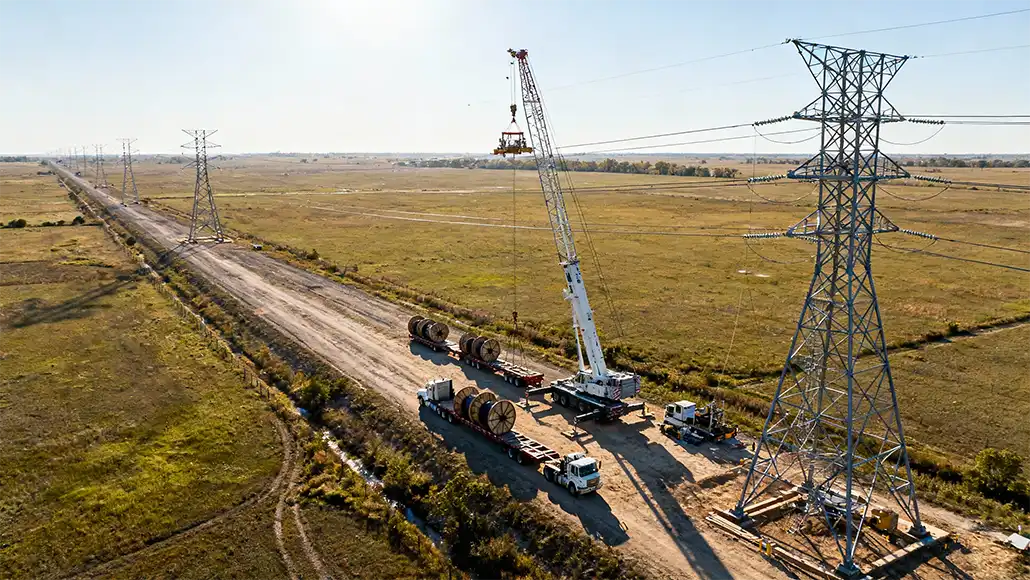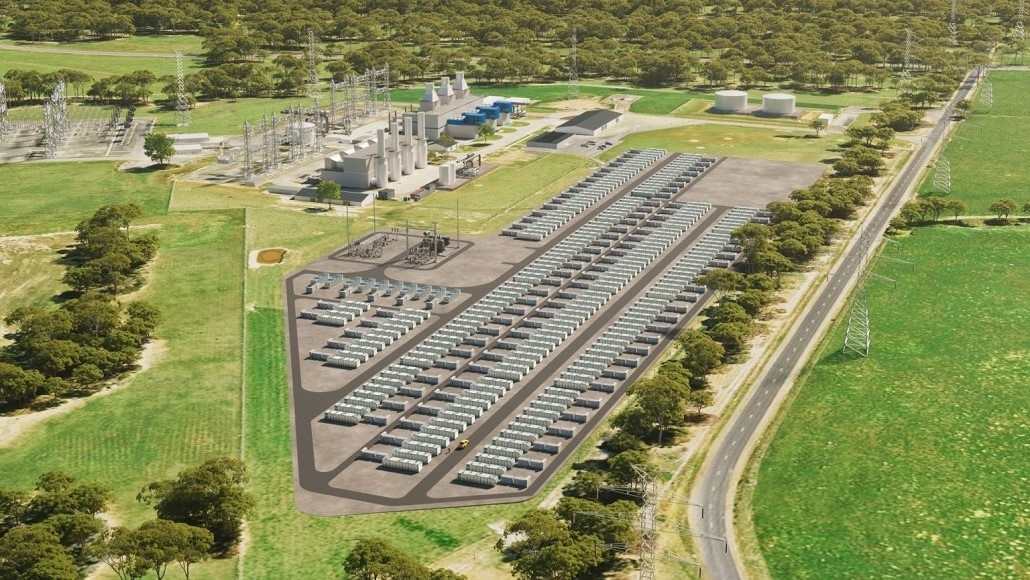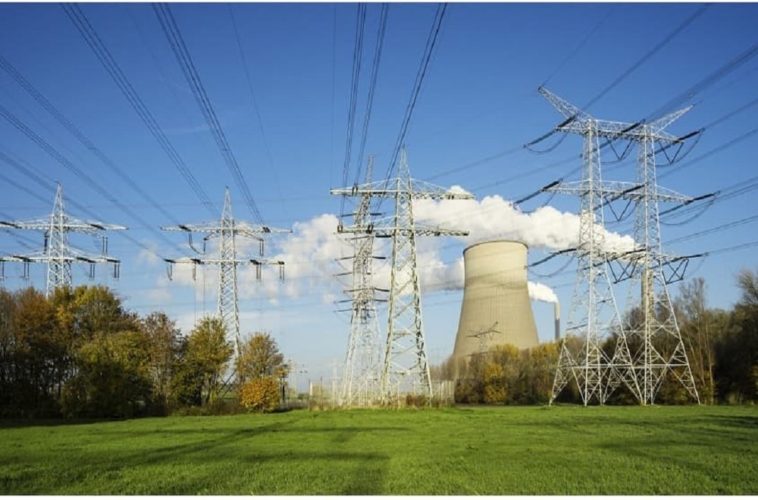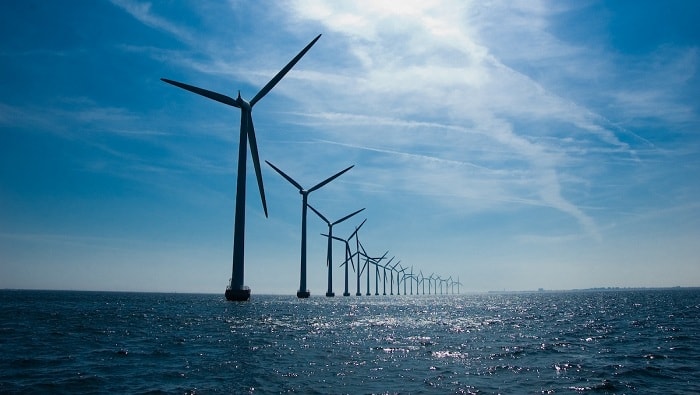Electric utilities happen to be right on their money to spend almost $208 billion when it comes to grid upgrades as well as expansions in 2025, which happens to be the highest amount ever, the Edison Electric Institute said on October 7, 2025. The group goes on to represent the investor-owned utilities.
And the fact is that there is more growth in capital expenditures, which is on the way, as the sector fast-forwards to meet growing demand, as per 2024 financial news from EEI. The group’s members are expected to make capital expenditures of over $1.1 trillion between 2025 and 2029.
It is well to be noted that the U.S. electricity generation grew 3% in 2024 and is all set to rise in the foreseeable future, remarked EEI. Generation investments when it comes to the share of the industry’s total capital expenditures have indeed risen for four consecutive years.
It is worth noting that after years of relatively balanced growth, the electric sector happens to be moving briskly in order to meet the new demand from AI data centers, electrification, and industrial expansion, as well as other sources.
Interestingly, the U.S. generated 4.3 million GWh in 2024, which is the largest year-wise jump in five years. The group looks forward to getting an annual growth rate of 1.7% all through 2040, when the domestic generation could very well surpass 5.4 million GWh.
The point here is that meeting the new demand calls for significant grid investments. IOU capital expenditures raised over 16% from 2024 to 2025, based upon anticipated investments, said EEI.
According to Drew Maloney, the EEI president and CEO, who wrote in a letter that accompanied the report, the capital expenditures are higher as compared to any other sector in the U.S. economy, therefore outpacing retail, transportation, and also other capital-intensive industries. As it would always happen, he said that they do remain committed so as to keep the customer bills as low as they can since they go on to work to deliver dependable, secure electricity, which is enabling innovation and also elevating the energy leadership of the U.S.
However, some experts opine that the retail consumers are furnishing the bill for the buildout of the grid.
The average residential electricity rates leaped 6.6% as compared to 2024 as of June 2025, with the largest increases recorded in Maine, up 25.5%; in the District of Columbia, up 23.3%; and in New Jersey, up 21%, as per the data from the U.S. Energy Information Administration.
It is well to be noted that EIA anticipates national average residential electricity rates to grow from 16 cents/kWh that were recorded in 2023 to 17.9 cents/kWh in 2026, which is around a 12% rise.
The director of Public Citizen’s Energy Program, Tyson Slocum, said that the state regulators happen to have a duty to hold the investor-owned utilities accountable and at the same time make sure that all the utility investment as well as the cost recovery goes on to prioritize the public interest. Regulators must maximize opportunities for consumer advocates, along with certain other voices that are representing the public interest, to meaningfully participate in such utility rate proceedings.
When it comes to the PJM Interconnection, which is the largest organized electricity market in the U.S., the independent market monitor has gone ahead and put the blame completely on the data centers by way of driving up the capacity prices in the years that have passed by. Apparently, the data centers drove up the revenue in the last capacity auction of PJM Interconnection by $7.3 billion, or 82%, to around $16.1 billion, as reported by Monitoring Analytics.




